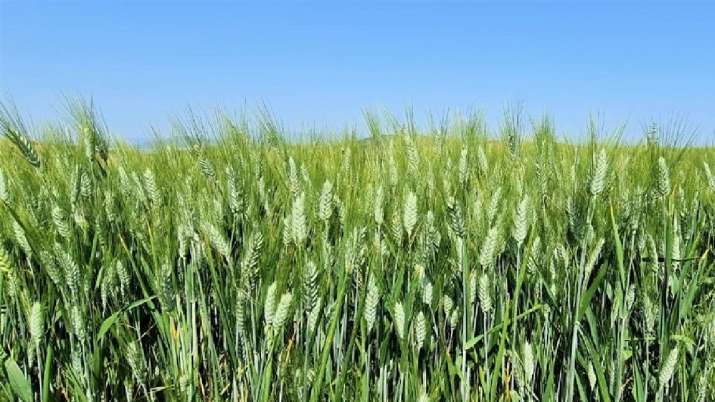[ad_1]
wheat yield But amid concerns over the impact of rising temperatures, the Indian Agricultural Research Institute (IARI) said on Wednesday that the situation is not worrisome as of now. It has, however, advised farmers to be prepared to take contingency measures such as light irrigation in case the temperature exceeds 35°C in mid-March. Wheat, a major rabi (winter) crop, will be ready for harvest next month. With the weather office predicting higher temperatures in some parts of the country, farmers are worried about a repeat of last year. Last year, the crop yield was affected due to heat wave.
heat is a major concern
IARI director AK Singh said, “IMD (India Meteorological Department) has predicted that the temperature will be 2 degrees Celsius above normal but below 35 degrees Celsius till the first fortnight of March. Temperatures below 35 degree Celsius are not a concern for the wheat crop.” Agricultural and meteorologists from IARI said heat is a major concern during the maturity stage of the crop in mid-March. The crop is likely to be affected only if the temperature remains above 35 degree Celsius continuously for four days. He said that suppose the temperature rises by 2 degree Celsius more than normal and then comes down the next day, there is not much impact as the wheat plant has the capacity to cope with it. Rajbir Yadav, Principal Scientist and wheat breeder, IARI said, “The condition of timely and even late sown wheat crop is good now. There is nothing to worry about now.” If the temperature remains around 31-32 degree Celsius in mid-March, farmers can continue with their regular farming operations.
Irrigation should be done as a precaution
He said that the farmer has to take action only when the temperature crosses 35 degree Celsius somewhere in the middle of March. In this case, irrigation should be done as a precaution. IARI Principal Scientist (Weather) Vinay Sehgal said farmers should keep a watch and be prepared with contingency measures like light irrigation and mid-afternoon sprinkling. He said that the next weather update would come on February 24, which would give a clear picture of the next month. Meanwhile, according to a statement, research by Crisil’s Market Intelligence and Analytics (MI&A) said, “If the current high temperatures continue in March, the rabi wheat crop will be affected and more likely than earlier.” It may remain at the level of 100,000 or even marginally lower than last year’s low level. Due to timely sowing after harvesting of kharif paddy in Uttar Pradesh, a relatively good yield is expected in the eastern part, the statement said.
[ad_2]
Source link
